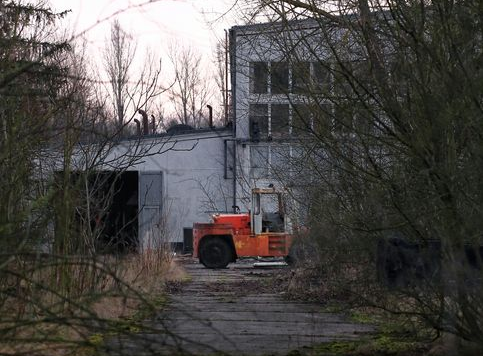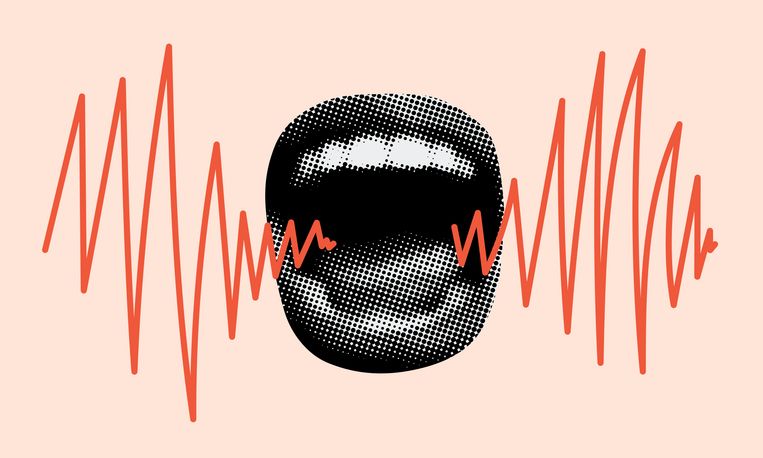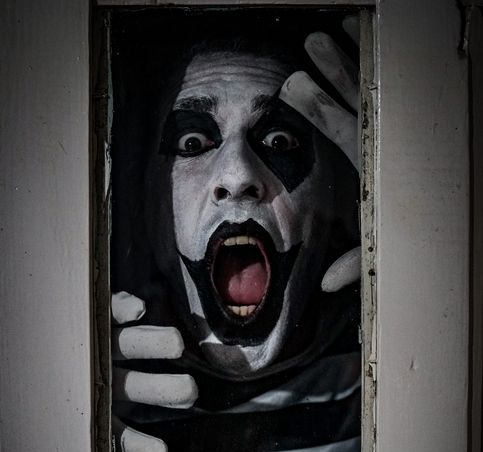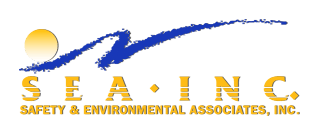Safety Nightmares: 5 Frights That Keep EHS Managers Up at Night
Halloween might be the season for ghost stories and haunted houses, but for safety and environmental professionals, the real nightmares happen at work. From unseen hazards to data disasters, these frights are all too real. At SEA, we help EHS managers conquer their fears — and their risks — with smart, proactive solutions that turn horror stories into success stories.
1. The Phantom Forklift
Forklifts that appear out of nowhere, untrained operators speeding through aisles, and pedestrians walking blindly into danger — this is the classic nightmare. Each year, thousands of preventable injuries occur due to poor forklift traffic control and limited visibility. SEA can conduct comprehensive forklift Driver and Pedestrian safety training, explaining visual traffic and pedestrian zones that eliminate these near misses for good.

2. The Toxic Fog
A faint odor, a cough, a haze in the air — the warning signs of poor ventilation or chemical mismanagement are often ignored until it’s too late. Prolonged exposure to airborne toxins can create long-term health issues and compliance violations. SEA offers industrial hygiene assessments, ventilation audits, and air-quality monitoring programs that uncover hidden exposure risks and establish corrective action before the “fog” thickens.

3. The Invisible Noise
You can’t see it, but you can feel it — constant noise exposure leading to gradual hearing loss. Often overlooked, excessive decibel levels silently erode worker health and concentration. Through noise exposure mapping, sound-level monitoring, and PPE selection programs and training, SEA can help reduce exposure and build awareness among your workforces.

4. The Confined Space Curse
Dark, cramped, and often forgotten — confined spaces are among the deadliest work environments when unmonitored. Lack of ventilation, poor atmospheric testing, and inadequate rescue plans lead to tragedy. SEA delivers confined space entry training, Confined Space assessments, and Program development to protect entering hazardous spaces.

5. The Complacency Curse
Even the best-run facilities have blind spots — areas where policies look good on paper but fail in practice. These “safety gaps” lurk in the shadows of daily operations: missing documentation, inconsistent procedures, or training programs that haven’t kept pace with new equipment or processes. At SEA we specialize in comprehensive Safety Gap Analyses that shine a light on what’s hiding in plain sight. Our consultants review every layer of your safety management system — from policy to practice — benchmarking against OSHA, ISO 45001, and industry best standards.

Face Your Fears with Confidence
At Safety and Environmental Associates, we believe that fear can be transformed into focus. Every “fright” on this list represents an opportunity to improve, protect, and grow. Whether it’s a haunting hazard assessment or a complete EHS program overhaul, our consultants are ready to help you face what’s lurking in your facility — and emerge stronger, safer, and fully compliant. Contact us today for a Safety & Compliance Consultation. Together, we’ll turn your nightmares into measurable results — and make sure your only scares this October are the fun kind!



